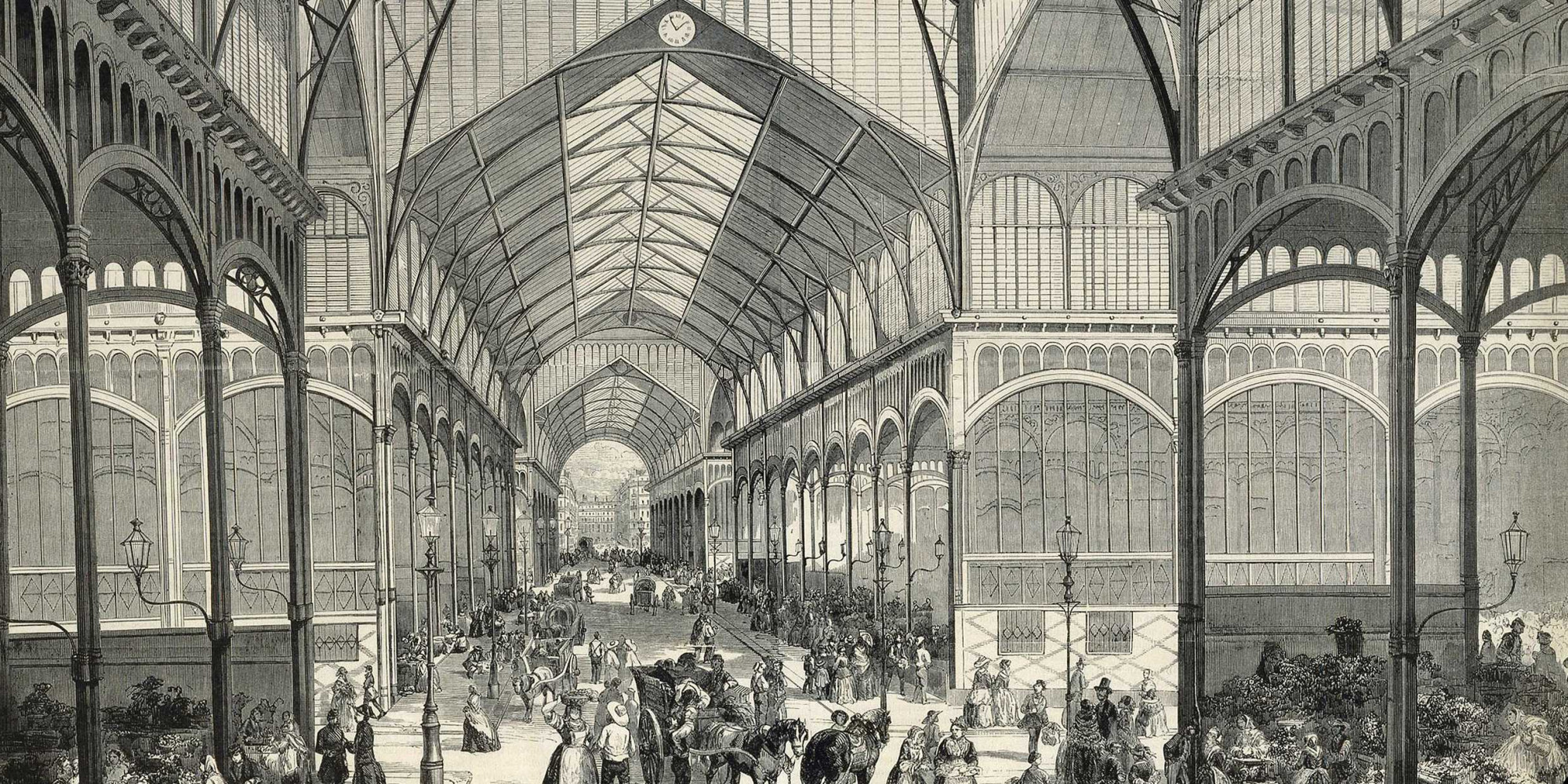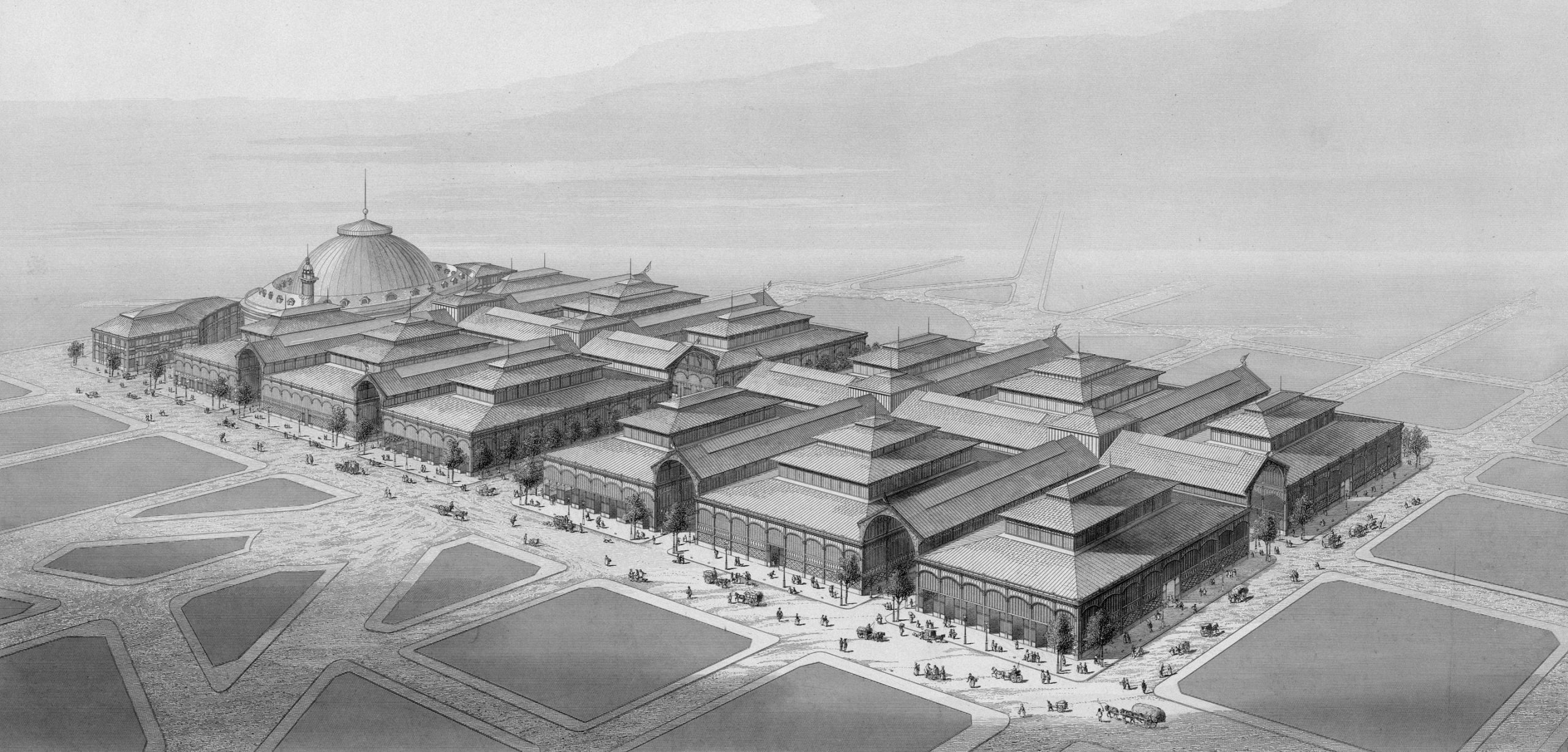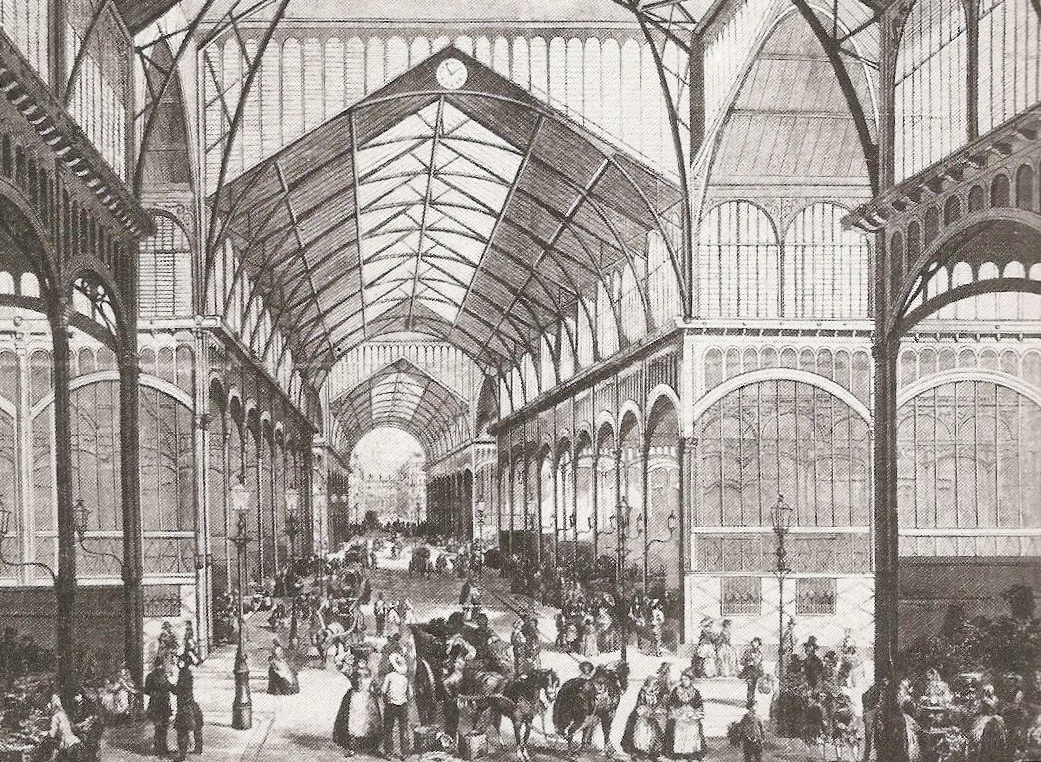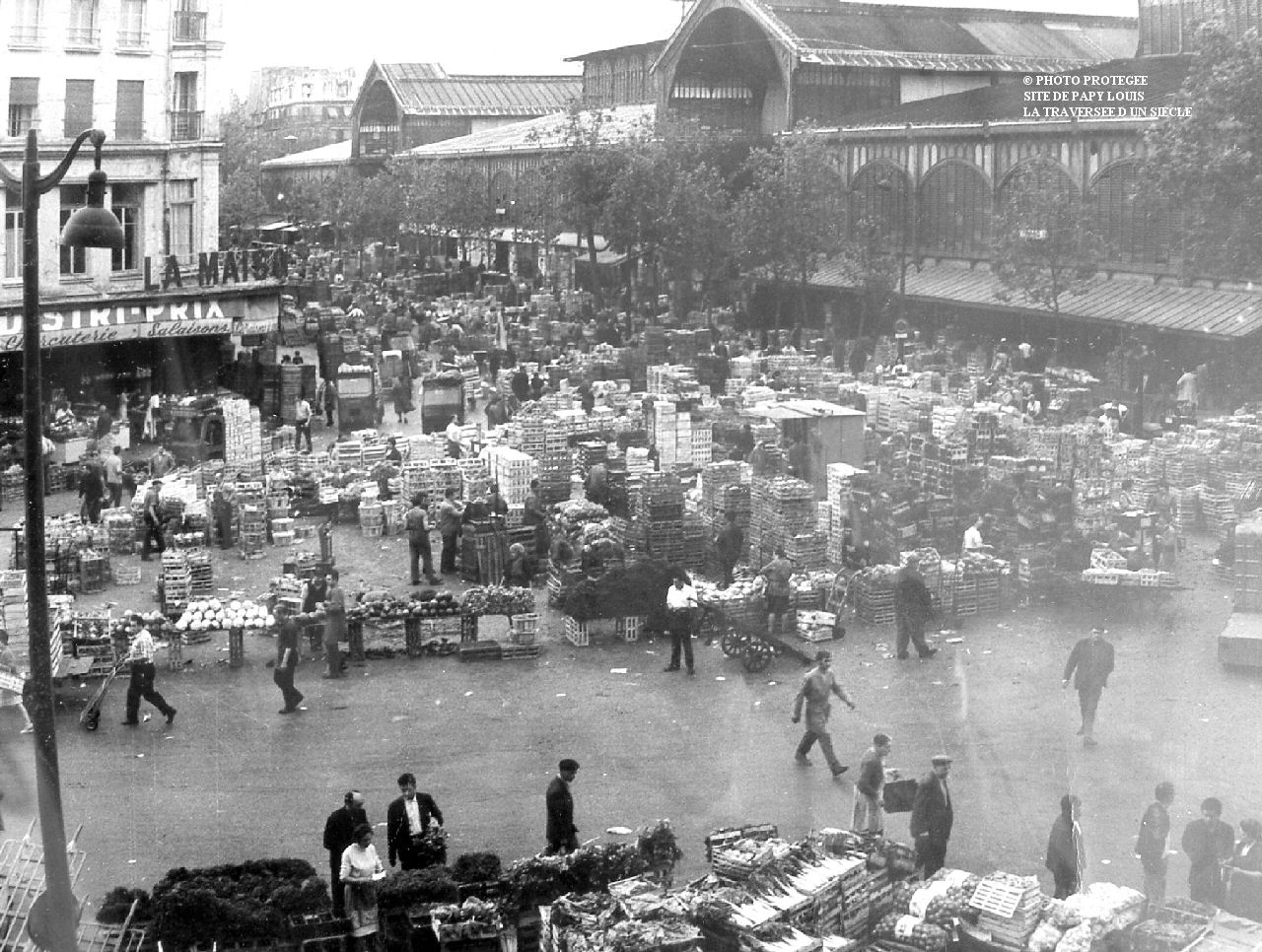
Les Halles de Baltard, Paris Ier arr.
Les Halles boasts a mix of tiny boutiques and huge department stores. Start your day by admiring the stunning Gothic architecture of the Church of St. Eustache before heading to the contemporary artworks of the Pinault Collection. For those looking to indulge in some retail therapy, Forum Les Halles is a must-visit with its impressive.

Les Halles Centrales, nouvelles Halles de Baltard, 1er arrondissement, Paris. Paris Musées
Les Halles, which means what it sounds like, was one of the true wonders of working class Paris. Made famous by Emile Zola's famous novel of the same name, it was nicknamed " the stomach " of Paris for obvious reasons, as well as the scale of it's labyrinthine underground alleys selling fish, meat and vegetables.

Les Halles de Baltard, Paris Ier arr.
English: Les Halles, Paris, by Victor Baltard, 1852-1855 Date Unknown date Unknown date https://www2.oberlin.edu/images/Art270/Art270.html Unknown author Unknown author Licensing[edit] This is a faithful photographic reproduction of a two-dimensional, public domain work of art.

9Les Halles de Baltard et le Paris perdu in 2020 Art, City art, Concept art
Baltard Pavilion. In the town of Nogent-sur-Marne stand the last remains of the Grandes Halles de Paris, Paris's great covered market known as Les Halles and built during the Second Empire. Only as a result of the town's obstinacy was this pavilion the only one to escape demolition in 1970. The Baltard Pavilion (Pavilion number 8) for egg and.

leshallesdebaltardparis Dondon Media 1 Bons Plans et Actus du Japon 🇯🇵
Les Halles de Baltard ne sont plus guère appréciées. Du reste, lorsqu'il est envisagé, à partir de 1959, de déménager ces halles à Rungis, les historiens et amoureux du patrimoine se.

Les Halles de Baltard Paris Musées
Les Halles ( French pronunciation: [le al]; 'The Halls') was Paris ' central fresh food market. It last operated on 12 January 1973 [1] and was replaced by an underground shopping centre and a park.

Les Halles Baltard Passerelles
The area. 101 Porte Berger, 75001 Paris France. Neighborhood: Les Halles. Historically the central iron-clad market of Paris, Les Halles has evolved architecturally since then but the pulsating energy has stayed the same. Now it houses the main shopping mall, which nestles underground surrounded by fast-food take-aways and international.

Halles Baltard Paris Art Nouveau — The Join Us in France Travel Cast Iron Architecture
Callet, Félix (1792-1854). Les Halles centrales de Paris, construites sous le règne de Napoléon III, par V. Baltard et F. Callet,…. 1862 Vigneau, Jules. Les Halles centrales de Paris autrefois et aujourd'hui. Historique, organisation et fonctionnement, facteurs et mandataires, par M. Jules Vigneau,…. 1903 Aucun champ trouvé.

Les Halles de Baltard, Paris Ier arr.
In Western architecture: Construction in iron and glass.umbrellas, such as Victor Baltard's Halles Centrales, Paris (1853-70; demolished 1971). An especially beautiful example of iron-and-glass construction is Henri Labrouste's nine-domed reading room at the Bibliothèque Nationale, Paris (1860-67).

La petite histoire des Halles de Baltard Paris ZigZag Insolite & Secret
In 1971, the Baltard Pavilions met the wrecking ball, and in their place Forum Les Halles emerged. Or rather, was submerged, as the new structure became one of the largest underground shopping malls in Europe. When completed in 1979, Forum Les Halles and the adjoining Chatelet-Les Halles train station became known as the hole in the middle of.

Monuments et architecture Les Halles de style Baltard Jonzac
La construction des halles centrales est associée à l'un des plus grands architectes français du XIX e siècle, formé aux Beaux-Arts : Victor Baltard (1805-1874). Soutenu par l'administration parisienne, en particulier par Haussmann, l'un de ses proches amis, il développe de nombreux projets pour les halles.

Le Paris d'autrefois vu par Patrick PARIS 1er ARRONDISSEMENT Des Halles à la rue
In 1870, 12 arching glass and iron pavilions designed by architect Victor Baltard were erected to encapsulate the market — Les Halles. The teeming arcades provided a central location for.

Les halles de Baltard avant démolition
Les Halles de Baltard were highly controversial at the time of their construction, but eventually became one of the iconic buildings of Paris. Sadly, they eventually become obsolete. They were pulled down in the 1970s and the market transferred to Rungis in the southern outskirts of Paris.

19TH CENTURY, Engineering Architecture, France Victor Baltard (18051874) Les Halles
Writer Emile Zola called Les Halles "the belly of Paris"; the reason is that Les Halles de Baltard literally fed Paris and the Parisians for centuries (hence the nickname "belly of Paris"). In 1969, Les Halles de Baltard were closed and the buildings destroyed.

1852 Les Halles de Baltard Paris Unplugged
Les Halles de Baltard were twelve pavilions of an avant-garde architecture, made of cast iron and glass. They were designed by the famed architect Victor Baltard. These pavilions stayed up for one hundred years. Each of them had a specialty, such as fish, vegetables, meat, while many other market stalls overflew the streets.

Les Halles à travers le temps Le ventre de paris, Châtelet les halles, Vieux paris
Les Halles de Paris était le nom donné aux halles centrales, marché de vente en gros de produits alimentaires frais, situé au cœur de Paris, dans le 1er arrondissement, et qui donna son nom au quartier environnant. Au plus fort de son activité et par manque de place, les étals des marchands s'installaient même dans les rues adjacentes.